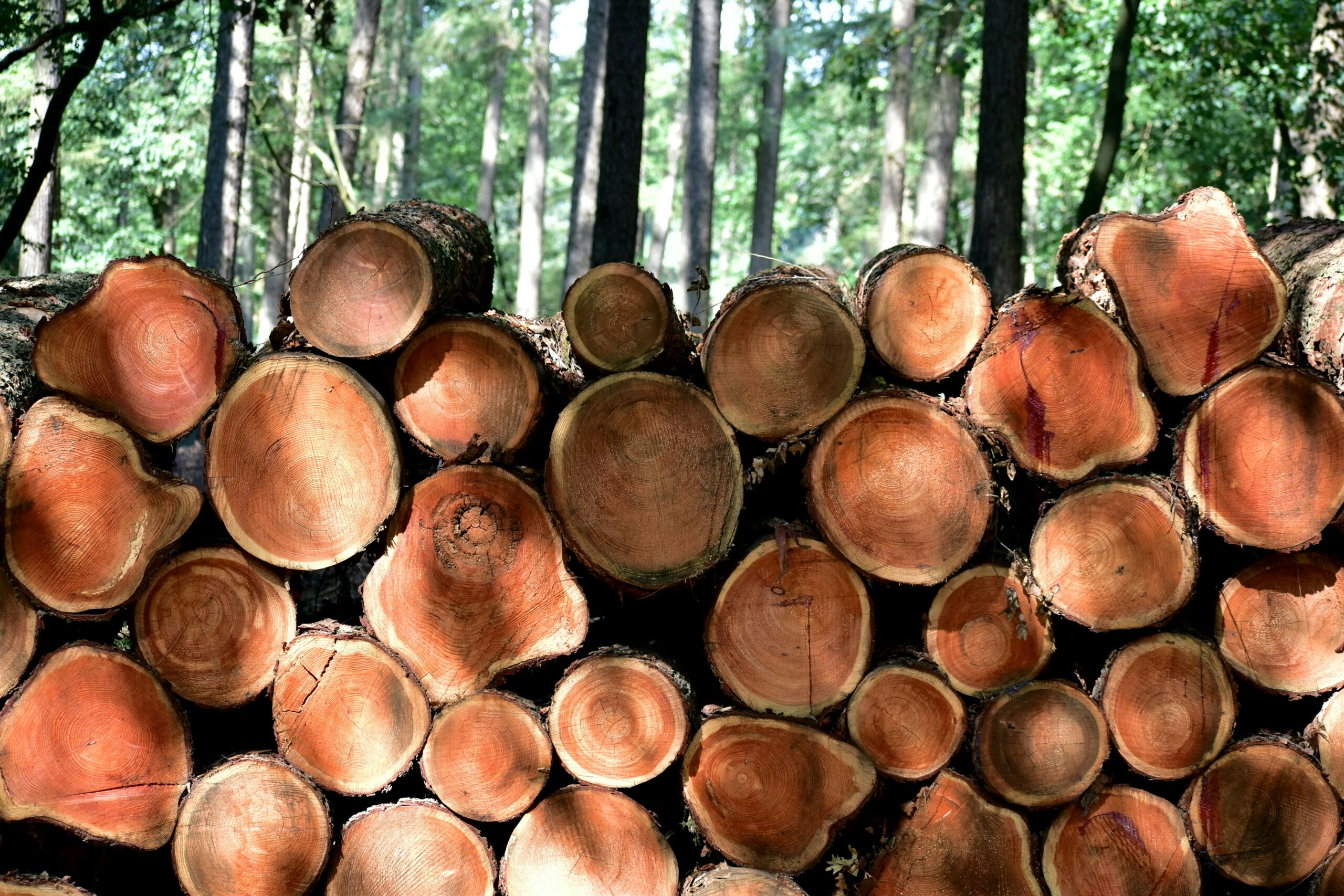
We’ve all heard the adage, “Do more with less.” But that phrase takes on a whole new meaning when it comes to achieving global climate targets. From adopting a circular economy to ditching fast fashion, sustainability is more than a buzzword—it’s a way of life that asks people, governments, and organizations from every sector to make the most of what they have.
In Canada, we have access to a vast renewable resource that’s essential to reducing our reliance on fossil fuels: our forests. Not only do forests provide us with many of the products we already know and use—everything from lumber and wood chips to pulp and paper—they also have the capacity to bring us a plethora of low-carbon alternatives.
Forestry has long been a cornerstone of Canada’s economy, contributing $33.4 billion to the country’s nominal GDP in 2022, while harvesting less than 1 percent of the forests and replanting 400 to 600 million seedlings annually—a practice that is part of the forest sector’s approach to sustainable forest management.
“Forestry has been around for such a long time,” explains Harry Nelson, an associate professor at the University of British Columbia’s forestry faculty. “It’s woven into the Canadian identity and the lifeblood of so many communities across Canada.”
By exploring new uses for every part of a harvested tree, Canada’s forest sector can continue to use this renewable resource to help address some of our most pressing climate change challenges. However, that will also require new, collaborative approaches from all stakeholders involved. Policies from all levels of government need to work together cohesively to incentivize climate-forward innovation using forest products while keeping the industry competitive on a global scale.
Sustainable forests equals sustainable climate
Sustainably sourced wood products from responsibly managed Canadian forests have enormous potential to help power a more circular economy. We can grow what we need, replace what we harvest, and aim to use every part of this renewable resource to reduce emissions and help meet our climate goals.
“Canada won’t ever achieve our climate ambitions without having sustainably managed forests and a sustainably managed forest industry,” notes Bill Adams, vice president of sustainability and innovation at Mercer International. “Our starting point with any product we produce is that if it doesn’t provide a low-carbon solution to the world, we’re not making it or selling it. That principle is the cornerstone of our business model.”
That drive to replace traditional, carbon-intensive materials with alternatives is why Adams believes Mercer is seeing such enormous growth with its mass timber products. Mass timber, also known as engineered or composite wood, is made from multiple layers of wood products that are glued, nailed, or otherwise held together to create incredibly strong panels, columns, and beams. It’s widely considered to be a viable, lower-carbon proxy for concrete and steel commonly used in building construction, and it’s one of the key ways forestry is working to get as much value as possible from harvested trees.
The future of fibre
Nano-sized cellulose fibres that deliver big enhancements

One of the futuristic applications of bioproducts Adams is most excited about comes from an independent company called Performance BioFilaments, which is a collaboration between Mercer International and Canadian company Resolute Forest Products. While nanofibrillated cellulose (NFC)—a byproduct of wood pulp—has existed as a material in the marketplace for a number of years, it has several limitations, including the need for chemicals as a processing agent in creating the material.
Performance BioFilaments is commercializing this technology that not only eliminates the need for chemicals to make its NFC, but also results in far stronger filaments. The possibilities of how it can be used range from increasing the durability of concrete for longer service lives of bridge decks and other infrastructure to reducing the weight and carbon footprint of building materials, such as roofing and flooring.
Every day, new applications are being identified and Performance BioFilaments is working with global leaders in advanced materials and specialty chemicals to enhance those organizations’ products and processes.
“NFC technology is not just a sustainability play; it’s a catalyst for transformation across industries,” notes Gurminder Minhas, managing director at Performance BioFilaments.
A world of possibilities
Mass timber has received a relatively warm reception in Canada, with 850 buildings planned, under construction, or completed since 2007, and government funding programs are encouraging additional projects. But it’s just the tip of the iceberg.
“We have to figure out in Canada how to create more value per cubic meter of harvested wood,” Adams says. “One of the challenges right off the bat is that you need a competitive base industry. You need competitive wood costs. You need competitive sawmills. And that really gives you the opportunity to produce bioproducts.”
By exploring new uses for every part of a harvested tree, Canada’s forest sector can continue to use this renewable resource to help address some of our most pressing climate change challenges.
The forestry bioproducts he’s referring to range from biogenic fuel sources that can replace fossil fuels to nanofibrillated cellulose, which can be used as a biodegradable alternative to petroleum byproducts in order to strengthen materials like asphalt and roofing, and even stabilize soil erosion around tailings ponds.
“The supply chain is really just saying, ‘Hey, can you help us? Because we’re trying to decarbonize our supply chain,’ and they’re looking for low carbon alternatives, so that’s exciting,” Adams adds.
Finding solutions
The potential is there for Canada to become a leader in these nascent offshoots of forestry. However, all of these innovations require both private and public investment, as well as coherent government policies that drive growth, spur competition, and sustain healthy forests.
“The foundation of our company is sustainably managed forests; without that, we have no future,” notes Adams. “Our customers expect that. They also require that. So we need to make sure that the due diligence of how our forests are managed, where we source our fibre from—all of that is done in a way that is transparent, open, and sustainable.”
It seems we’ve only scratched the surface when it comes to the many ways Canada’s forests can support the transition to a lower-carbon economy, both nationally and globally. Not only is it a path to a more sustainable way of living, but it’s also a path to economic prosperity for the country.
“There’s a long-term, sustainable business around forestry,” Nelson adds. “For all the challenges, trees grow back. There are not a lot of things in the world that give you that benefit of a productive resource—something that we can produce, that the world wants, and that we can use and is useful, and is ‘sustainably good.’ It really is.”
Visit ForestryForTheFuture.ca for more information







